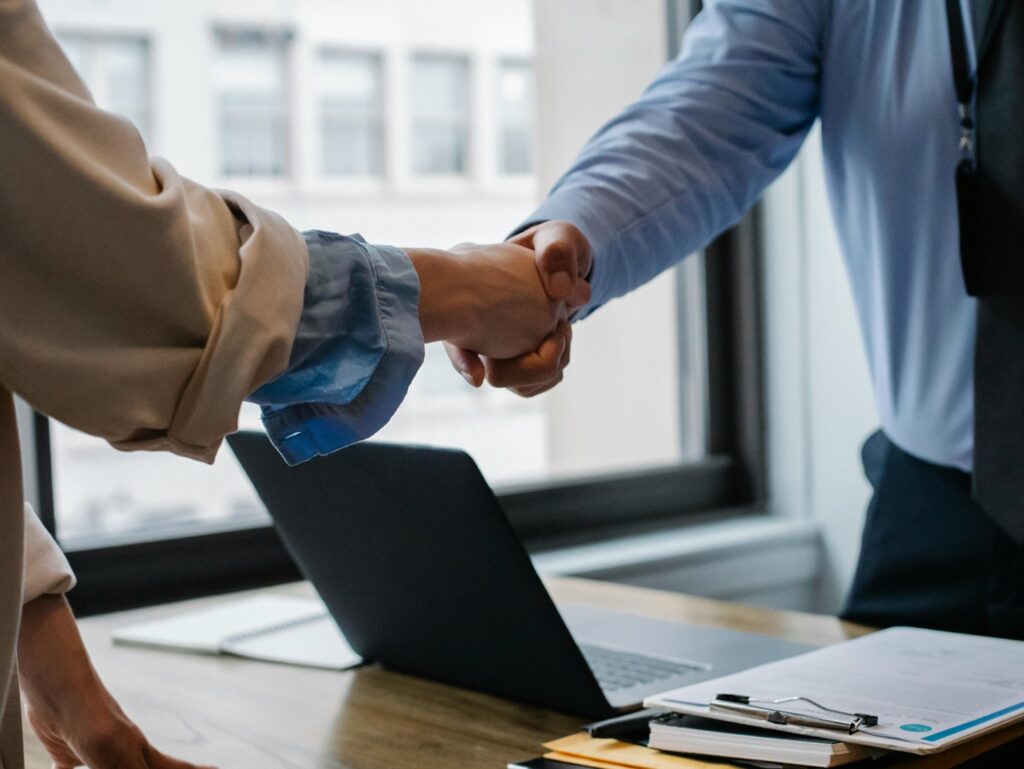Score Study Comes First!
Seven steps to help you make time to dive into score study.
Music directors often lament that they wish they had more time for score study. This usually means that they wish they could get away from administrative tasks and the non-musical items of their job. At a recent clinic, a student asked a college band director what the hardest part of being a music educator was. The professor said, hands down, taking time away from teaching and getting into the music because of administrative tasks. Many people feel like these administrative tasks are never-ending.
I am here to tell you that they are correct. These tasks are never-ending, and you’ll never completely finish that to-do list. This is good news! If these tasks are never-ending, then you know that they’ll always be there when you need to get back to them.
Yes, of course, I know that these items are necessary to our job, but so is preparing our lessons by score studying. My advice on these items is simple and direct: Put the needs of you and your ensemble before the other tasks get attention.
So, let’s put score study first and make sure that we are more prepared for our students than ever before!


Step 1: Prepare Your Space for Score Study
- Set the stage for the next day: Unless you have considerable time today, prepare your materials for tomorrow. Ensure a clean workspace.
- Gather your materials: Set out your scores, pencils, highlighters and small Post-Its. Have access to fingering charts or diction guides, a metronome and a physical musical dictionary.
- Duplicate scores: Purchase two original copies of scores. Keep one at school and one in your bag or use one as a mark-up copy. This benefits you if you have guest clinicians.
- Optional equipment: If you have a small keyboard, have it available. If not, consider using a Yamaha Harmony Director.
THE YAMAHA EDUCATOR NEWSLETTER: Join to receive a round-up of our latest articles and programs!
Step 2: Initial Score Preparation
- Number measures: If the score is not numbered, write in measure numbers for the complete score. You can pay students a dollar a score to number them if you’re short on time (district policies permitting).
- Identify keys: Identify and write the keys below the score.
- Check for errata: Search for any errors in the score and parts using the search term “NAME OF PIECE errata.” Mark in these changes if applicable.

Step 3: Define Musical Terms
- Translate terms: Go through your score and pencil in every translation that you don’t immediately remember.
- Teaching considerations: Think about how you would define and teach these terms to your students. Consider how to manipulate instruments or voice to ensure proper tone and intonation, and how articulation or diction may need to be altered.
Step 4: Plan for the Next Day
- Set up your workspace: Close your score and set it in the middle of your desk, on top of your keyboard or mouse. Congratulations, you’ve just done a little bit of score study today.

The Next Day: Score Study Session
1. Enter Your Workspace:
- Time allocation: Enter with enough time to study, starting with just five to seven minutes.
- Minimize distractions: Do not turn on your computer, put your phone on do not disturb, and potentially put your phone away in a drawer.
2. Tasks for Day One:
- Read program notes: Read through the program notes in the score and underline or highlight important items. Summarize the piece in two sentences or less.
- Play or sing one line: Using your keyboard or humming along, play, hum or sing the entire first line of the score. Place a small checkmark next to this line at the beginning.
3. Continued Study:
- Daily practice: If you have more time, continue to the next line of music. Keep going through the piece, plunking out or singing/humming the notes.
- Sectional study: For long pieces, break them up into sections and study them progressively.
Step 5: Observe and Mark
- Identify similar lines: Note similar lines across different instruments or voices.
- Highlight melodies: Use highlighters or pencils to mark melodies, countermelodies and other significant parts. Be consistent with your system.

Step 6: Harmonic Analysis
I thought harmonic analysis went away after college. Turns out, it can bring an ensemble to the next level!
- Start simple: Identify tonic (I) and dominant (V) chords. Mark them either underneath the score or in the middle if it’s a larger score.
- Accidental sections: Pay extra attention to sections with accidentals as they may indicate modulations or unique chords.
Step 7: Rinse and Repeat!
For tougher pieces, I go back and do this process again. The nice part about starting it again is that it usually becomes quicker the second and third time. This also allows you to check your work and make sure those chords are analyzed correctly.
I often find new musical ideas I missed the first time!
________________________________________
Summary Checklist
- Prepare your space: Clear your desk and have all your materials available. A good score study session begins the day before.
- Protect your time: Schedule score study sessions, and do not allow interruptions. If necessary, find a quiet place away from your usual workspace.
- Number measures and check errata: Ensure your score is numbered and any errata are marked.
- Play or sing through lines: Go through each line of the score multiple times.
- Harmonic analysis: Identify tonic and dominant chords on the first pass.
Score studying is important for being a good music educator. I don’t know of anything else that helps you really understand the music you’re teaching. By following these steps, you can make sure you’re using your time well and balancing the admin stuff with the crucial practice of score study. Remember, small and consistent efforts lead to big improvements in your teaching and your ensemble’s performance. Embrace these strategies, and you’ll find yourself more prepared and less stressed, which is a win-win for both you and your students.















